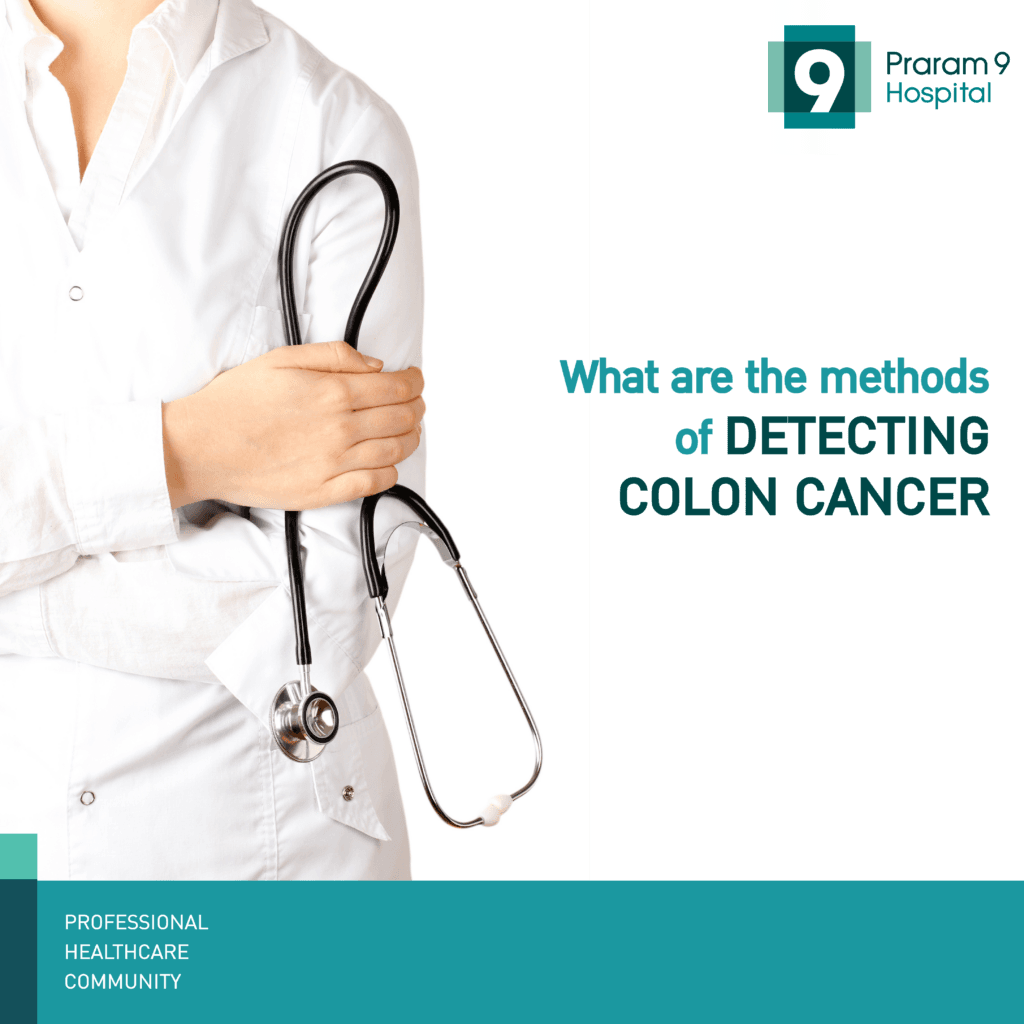Health Articles
Knowledge
What are the methods for detecting colon cancer?

What are the methods for detecting colon cancer?
What is colon cancer?
Colon cancer is a type of cancer found in the large intestine in our digestive tracts. It can start of as a tumor and develop into a serious cancer overtime. Fortunately, the development of this cancer can take as long as 10 years so we have time for detecting this cancer early before it gets out of hands.
Methods of detection
Stool occult blood test is the first method to detect blood that mixes with feces which could give us information about the bleeding in the digestive tract, beginning from the stomach, the small intestine and the colon.
Barium Enema is a method of testing the colon with the help of Barium powder through the anus which can detect any changes or abnormalities. However, this method requires the patient to clean out their colon ahead of the test in order to have an accurate test result.
Colonoscope uses camera to survey the check the colon. This method is the best choice for the doctor to get a detail view of the internal area of the colon as well as the ability to remove the tumor, if present, by inserting the appropriate instrument through the small hole in the camera.
CT abdomen uses x-ray computer on the abdominal area to scan for any tumor bigger than 1 centimeter. This method is useful in detecting the spread of the cancer to nearby organs such as liver or lung in order to effectively plan out the treatment ahead of surgery.
CT abdomen via 64 Slide CT Scan Virtual colonoscopy is the next step that capitalize on high frequency technology to create high definition virtual image of the colon which allow for high detailed screening of small tumor, almost as detailed as physical colonoscopy, for tumor as small as 7 millimeter in size.














